10 Thought-Provoking War Movies Inspired by The Boy in the Striped Pajamas
The 2008 film The Boy in the Striped Pajamas presents a haunting narrative set against the backdrop of World War II, highlighting the stark contrast between innocence and the harsh realities of war. Through the eyes of a young boy, it showcases themes of friendship, betrayal, and the tragic consequences of prejudice. If you’re looking for films that evoke similar emotions or tackle comparable themes, we have curated a list of ten poignant war movies that resonate with the moral complexity seen in The Boy in the Striped Pajamas.
- Life is Beautiful (1997)
This Italian classic tells the heartbreaking story of a father who uses humor and imagination to protect his son from the grim realities of a concentration camp during World War II. The film beautifully juxtaposes love and hope against a backdrop of despair.
- The Boy in the Striped Pajamas (2008)
Though mentioned already, it’s worth revisiting the film itself, as it remains a poignant exploration of childhood innocence and the horrors of war, viewed through the lens of an untainted friendship.
- Schindler’s List (1993)
A powerful depiction of the Holocaust, this film showcases the life of Oskar Schindler, a German businessman who saved over a thousand Jewish refugees. The emotional depth and gravity of human choice are central themes throughout.
- Grave of the Fireflies (1988)
This animated film portrays the struggles of two siblings trying to survive in Japan during World War II. The portrayal of sibling love and loss resonates with the tenderness and tragedy of youth amidst conflict.
- The Pianist (2002)
This biographical film tells the harrowing story of a Jewish pianist in Nazi-occupied Warsaw. It emphasizes the endurance of the human spirit in the darkest of times and explores themes of loss, survival, and resilience.
- Hotel Rwanda (2004)
Set against the backdrop of the Rwandan genocide, this film follows a hotel manager who risks everything to save lives. It raises questions of humanity and moral responsibility during times of conflict.
- Hope and Glory (1987)
This semi-autobiographical film centers on a young boy’s experiences during the London Blitz. It captures childhood innocence amid chaos, showcasing how war can shape lives in unexpected ways.
- War Horse (2011)
Based on the novel by Michael Morpurgo, this film follows a horse and his young owner separated by the events of World War I. It underscores the bonds of friendship and loyalty even in the direst situations.
- All Quiet on the Western Front (1930)
This adaptation of the classic novel reveals the grim realities of World War I from the perspective of young soldiers. It serves as a poignant reminder of the futility of war and childhood lost to conflict.
- Children of Men (2006)
While more of a dystopian thriller, this film contemplates themes of hope and despair in a war-torn future where humanity faces extinction. It reflects on the fragility of life and the preciousness of hope amidst despair.
These films, much like The Boy in the Striped Pajamas, delve deep into the emotional and moral complexities of human nature within the context of war. Each story serves as a reminder of the impact of conflict on innocence, urging viewers to reflect on the importance of empathy, understanding, and the eternal struggle against hatred.
10 Fascinating Facts About The Boy in the Striped Pajamas (2008)
The Boy in the Striped Pajamas, released in 2008, is a poignant film that explores the themes of innocence and friendship against a backdrop of one of history’s darkest periods. Adapted from the novel by John Boyne, this film has captivated audiences worldwide. Here are ten interesting facts that shed light on this remarkable film and its historical context:
- Historical Inspiration: The film is set during World War II and references the Holocaust, providing a heart-wrenching backdrop that enhances the emotional depth of the narrative.
- Filming Location: Much of the film was shot in Budapest, Hungary, which stood in for the film’s German setting. This location offered the filmmakers the opportunity to recreate the historical authenticity required for such an impactful story.
- Child Actors: Asa Butterfield, who plays Bruno, and Jack Scanlon, who plays Shmuel, were relatively unknown actors at the time of filming. Their performances garnered widespread acclaim and contributed significantly to the film’s emotional impact.
- Symbolism of the Striped Pajamas: The striped pajamas worn by Shmuel symbolize the dehumanization of individuals during the Holocaust, representing a loss of identity that is a powerful element of the film’s message.
- Director’s Vision: Mark Herman, the director, aimed to create a story that is accessible to both children and adults, provoking discussions about morality, compassion, and the consequences of prejudice.
- Reception and Awards: The Boy in the Striped Pajamas received various award nominations and has been praised for its storytelling. Critics have highlighted its ability to provoke thought and emotion regarding senseless violence and war.
- Adaptation Challenges: Adapting the deeply affecting novel for the screen posed challenges, particularly in capturing the innocence of childhood amid such grim circumstances. Screenwriters had to ensure the essence of the original story remained intact.
- Filming Techniques: The use of color grading and cinematography effectively contrasted the innocence of the children’s world with the stark reality of the surrounding environment, making for a visually striking film.
- Impact on Education: The film is often used in educational settings to teach about the Holocaust and the importance of empathy, encouraging students to examine history and its ethical implications.
- Soundtrack Influence: The film’s haunting score, composed by James Horner, enhances the emotional weight of the story, drawing viewers into the profound moments that define Bruno and Shmuel’s friendship.
The Boy in the Striped Pajamas stands out not only as a cinematic experience but as an essential exploration of humanity in the face of inhumanity. Its engaging narrative and memorable performances continue to resonate with audiences, making it a film worth seeing and discussing.


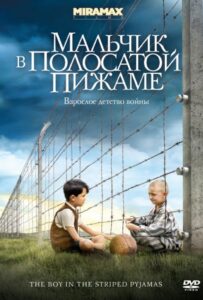
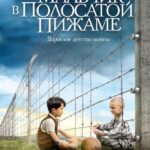
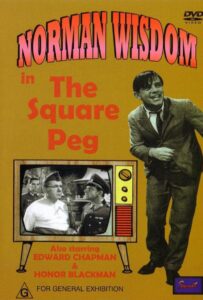
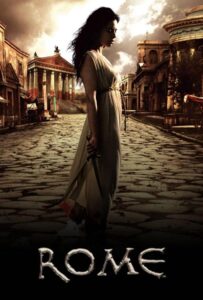
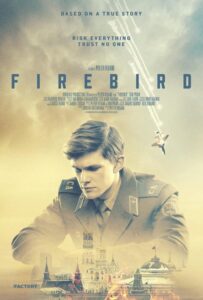
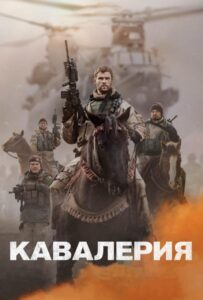
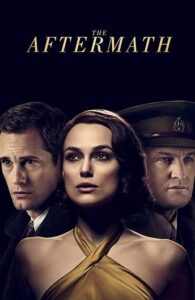
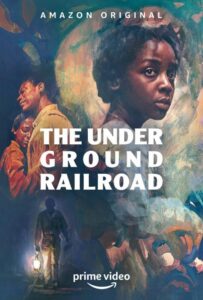
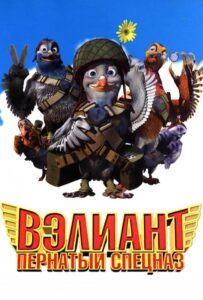
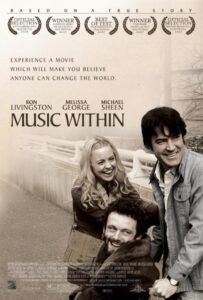
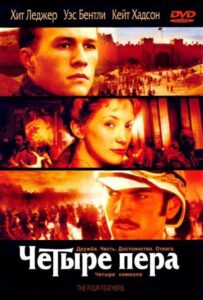
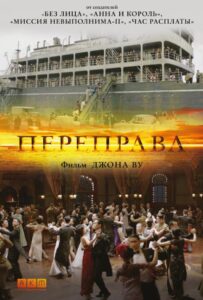
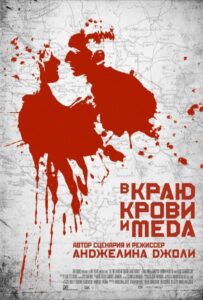
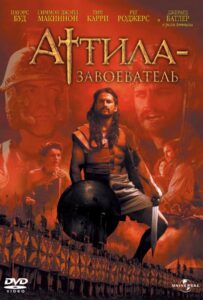
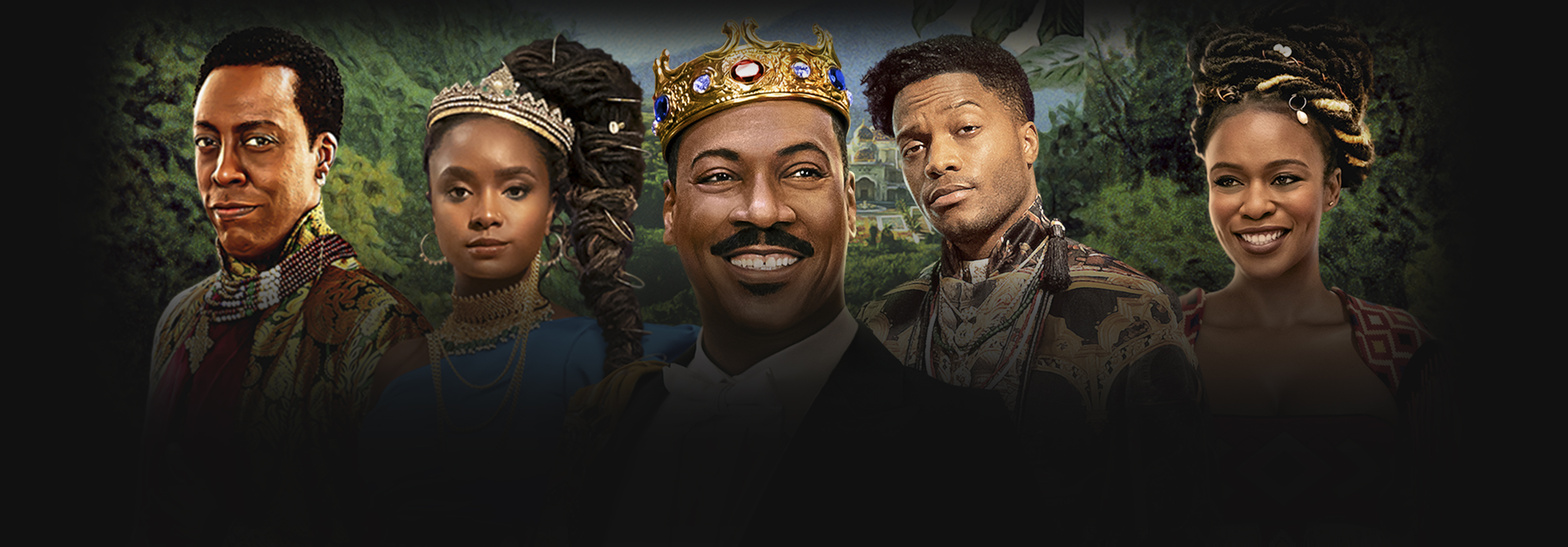
Оставь свой отзыв 💬
Комментариев пока нет, будьте первым!